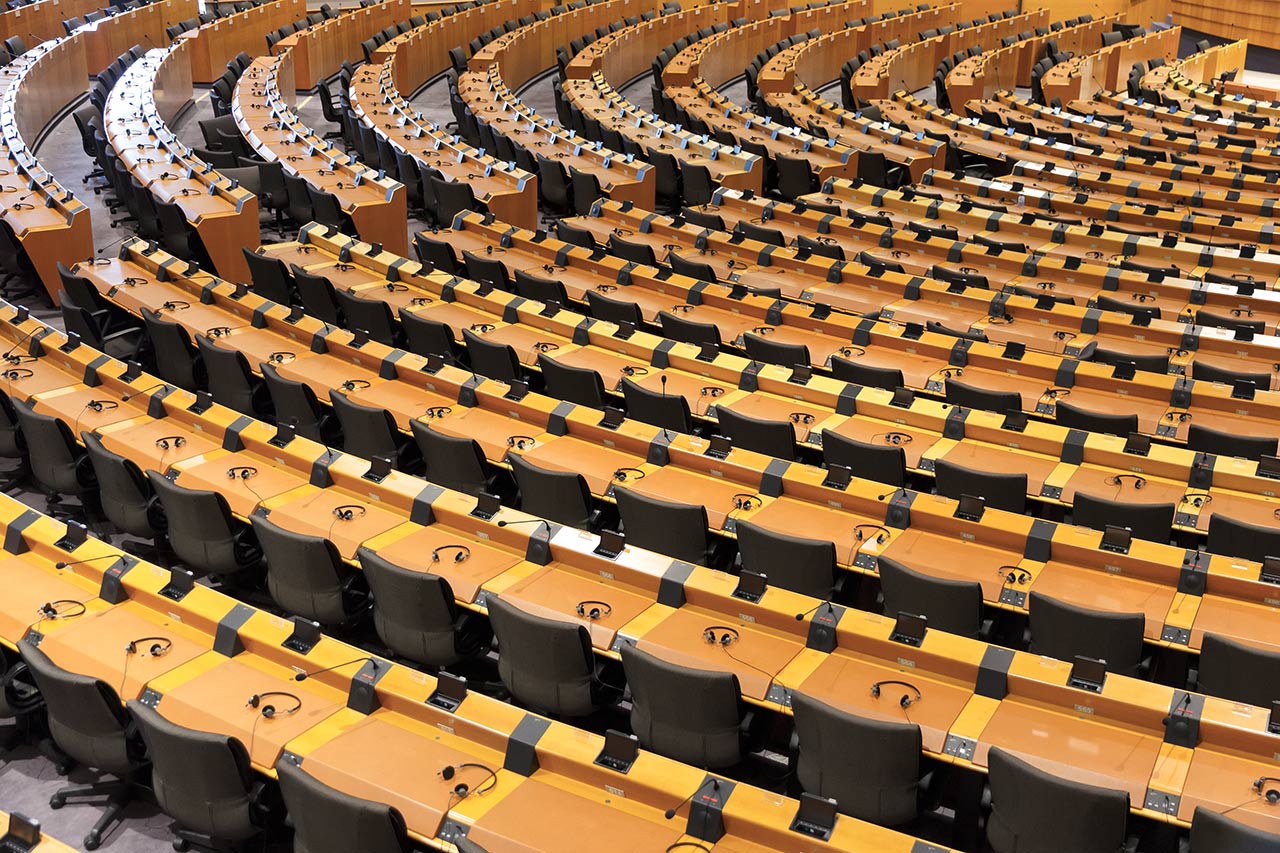Mao’s Economic Policies
A short answer question detailing Mao's economic policies and how successful they were.
Question
How Successful were Mao’s Economic Policies in industrialising China Throughout the first Five Year Plan and the Great Leap Forward.
Answer
Mao implemented his Five Year Plan following the realisation that China was lagging behind the West in terms of industrialisation and living conditions. Mao’s desire was to boost steel, coal and iron production as well as nationalising all state farms. By the end of Mao’s plan over 90% of farms in China were nationalised, resulting in cheaper basic foods for many.
As well as this the Chinese government built a great number of factories and began producing goods to be sold both domestically and abroad leading to a great leap forward in foreign exports. This in turn meant a national wage increase at rate of almost 10% a year during the five year plan.
The success of the five year plan has been credited to the idea that China was very much a collectivist state – and therefore were happy to put the greater good ahead of individual needs. This in comparison to the Russian model that had previously failed at communism as it was riddled with individualist ideals throughout the populous.
The Great Leap forward was introduced by Mao following his FYP, it was intended to further develop agriculture as well as industry. It was believed by Mao and his advisors that if the population was well fed they would be able to work better, as well as this the government introduced universal healthcare. Education was also provided in the hope it was motivate people to work. However the benefits of these were short lived. Following the Four Pests Campaign where citizens were tasked with eradicating rats, flies, mosquitoes and sparrows, a large ecological imbalance was created with the locust population spiralling out of control following its predators being driven from the country. Several crops, including the staple crop of rice were substantially decreased because of this and over 20 million peasants starved to death over the next 4 years.
